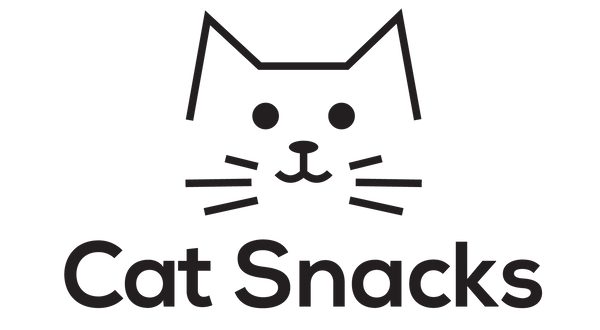5 Red Flags to Watch for in Your Cat Food

Reading a cat food label shouldn’t feel like reading a science experiment—but often, it does.
Between hard-to-pronounce ingredients, vague protein sources, and clever marketing terms, it’s not always easy to tell what you’re actually feeding your cat. And for obligate carnivores like cats, what goes in their bowl matters—a lot.
If you’re not sure where to start, here are 5 red flags to watch for in your cat’s food that could be affecting their health more than you think.
-
🚩Vague or Generic Meat Descriptions
If the label just says “meat,” “animal by-products,” or “poultry meal,” it’s a red flag. These terms can mean anything—from leftover scraps to low-grade parts not fit for human consumption.
✅ Look for: Clearly named meats like “chicken breast,” “beef liver,” or “lamb heart.” Cats thrive on real, species-specific protein, not mystery meat.
-
🚩High Carbohydrate Fillers
Cats aren’t built to digest large amounts of carbohydrates. Yet many commercial kibbles are packed with ingredients like corn, wheat, soy, or potatoes—all to bulk up the food cheaply.
Too many carbs can lead to:
-
Weight gain
-
Blood sugar imbalances
-
Digestive issues
✅ Look for: Low-carb options made with meat as the first ingredient, and no unnecessary starches.
-
-
🚩Long Lists of Artificial Additives
If you see a long string of synthetic vitamins, colours, or preservatives, that usually means the food lost its natural nutrition during processing—and they’re adding it back in artificially.
❌ Common culprits include BHA, BHT, ethoxyquin, and artificial dyes.
✅ Look for: Foods with short, simple ingredient lists, and nutrients that come from real meat and organ sources—not synthetic additives.
-
🚩"Natural" Claims Without Transparency
Just because the front of the bag says “natural” doesn’t mean the food is actually clean or species-appropriate. That word isn’t heavily regulated—and can still include heavy processing, low-quality meat, and added flavourings.
✅ Look for: Brands that are clear about what goes into their food, with nothing hidden behind marketing buzzwords.
-
🚩Lack of Organ Meat
In the wild, cats eat more than just muscle meat—they go for the organs first.
Organs are rich in taurine, iron, B vitamins, and fat-soluble nutrients that cats need to thrive.
But many commercial foods skip organ meats altogether.
✅ Look for: Treats and toppers that include liver, heart, and kidney—just like your cat would naturally eat.
🐾 Final Thoughts
If you spotted a few of these red flags in your cat’s current food, you’re not alone—and you’re not too late to make a change.
Start small. Add a freeze-dried topper. Swap in a single-ingredient treat. Choose real meat over mystery meals.
Your cat’s body will feel the difference—and you’ll see it in their energy, coat, digestion, and overall health.
🟩 Want to feed your cat better without changing everything at once?
